It’s important that every guinea pig that you raise have its own bowl of vegetables each day. You need to make sure that you offer a variety, though. This is your only way of ensuring that your guinea pigs have all their nutritional needs met. Plying your poor guinea pigs with the same food each day may keep them alive, but they won’t be healthy or happy. Reasonable variety will save you money too; you won’t need to spend on the vitamin drops and other such artificial products that your guinea pigs will hate, anyway. Here are 10 best foods that you should feed your guinea pig and 10 that you never should. But be sure to consult your vet before feeding your guinea pig any new food.
Fulfill your cavy’s basic needs for nutrition and health
Water: Guinea pigs, like dogs and cats, need a steady supply of fresh drinking water at all times. It isn’t a good idea to simply leave a dish of water in your guinea pig’s cage, though. Cavies aren’t known for their cleanliness. They quickly get any open dish of water dirty. It would be a better idea to get a guinea pig water bottle. Your guinea pig will soon learn to get a little water whenever it needs it.
Hay: Guinea pigs are more like cows than other rodents – they are grazers. They need access to plenty of hay to chew on and to nest in. Their digestive systems are designed to process fibrous hay and cannot function adequately without a good supply. Whatever other food you give your guinea pigs, it’s the hay that gets the rest of their food through their digestive systems. Unless you have a baby guinea pig or a pregnant one, you should make sure that you don’t bring in alfalfa hay. The high levels of calcium found in this type of hay harms adult guinea pigs that aren’t pregnant or nursing. It’s easy to find hay pellets made of the right kind of hay at any pet store.
Make sure that your little guinea pigs get all the vitamin C that they need
The guinea pig’s body is unable to synthesize its own vitamin C, just like humans and many other mammals. Without adequate vitamin C in the diet, guinea pigs can come down with a serious disease called scurvy. While you could easily get a vitamin C dietary supplement at any pet store, guinea pigs usually dislike the taste. Whether you get your vitamin C in tablet form or liquid form, adding it to your guinea pig’s water will put them off dinking it altogether. It’s a much better idea to simply feed your guinea pig all the vitamin-rich foods that it needs.
For vitamin C, leafy greens are the best idea: Parsley, mustard greens, lettuce (but not iceberg lettuce), turnip greens, kale, plantain, cauliflower and cabbage are all excellent sources of vitamin C. Having a wide variety of foods to eat can keep your guinea pig happy and occupied, too.
You have many fruits to choose from, too: strawberries, oranges, raspberries, blueberries, watermelon, papaya and mango are all rich in vitamin C. Guinea pigs love the taste of these fruits, too.
More: 10 Important Tips for Caring for Guinea Pigs
Carrots are good, but not every day
Guinea pigs don’t do well when they are fed foods with high sugar content. It isn’t enough to keep processed foods out. Vegetables like carrots that come with high sugar content are only good as occasional indulgences. Since all fruits have high sugar content, they should also be seen as occasional treats rather than daily staples.
For your guinea pig’s daily diet, choose the following:
Baby sweetcorn: Your guinea pigs can get one or two sweetcorn pieces each day. Guinea pigs enjoy them best when they are fresh and crunchy.
Tomato: Guinea pigs love all kinds of tomato – cherry, Roma, grape etc. They are great for vitamin C. You should make sure that your guinea pigs don’t get more than the equivalent of a quarter of a regular tomato each day, though.
Parsley: While guinea pigs love crunchy parsley, you should make sure that they get no more than an inch-long segment each day.
Romaine lettuce: Guinea pigs can only handle a small quantity each day. They can get kidney stones with any more than a fragment each day.
Peppers: Bell peppers are rich in vitamin C and guinea pigs relish them. It’s a good idea to bring in as much variety as possible. Buy them in every color that you find – orange, yellow, red and green, but make sure you buy organic foods.
It’s also important to know what not to give your guinea pigs
The guinea pig’s system is nothing like what humans have. Just because you enjoy a food, doesn’t mean that your guinea pig will relish them. Even if it does like them, some foods that are perfectly harmless to humans can be toxic to guinea pigs.
- Animal products (dairy, eggs, fish and meat)
- Chocolate
- Popcorn
- Potatoes (potato skins and eyes are toxic to cavies)
- Pickled vegetables
- All nuts, seeds and lentils (even peanut butter)
- Carbonated drinks, tea, coffee and alcohol
- All baked goods
- Commercially grown flowers with poisonous pesticides (pesticide-free garden flowers are okay)
- Anything with large seeds is a choking risk
More: 9 Wonderful Benefits of Owning a Guinea Pig
The secret to raising a guinea pig is to understand that these are a completely different species. These dietary requirements might appear to be excessive. Many of these requirements, though, apply to dogs and cats, too. Guinea pigs are actually low-maintenance. Visit your vet and he/she will tell your cavy’s basic needs for nutrition and health, and help you to raise the healthiest guinea pig.

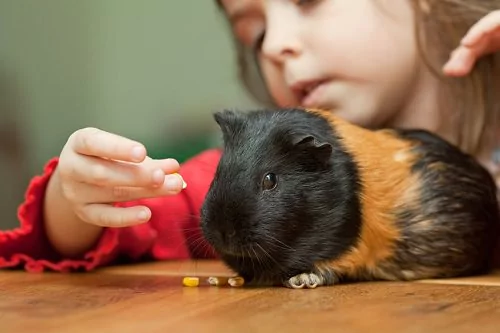
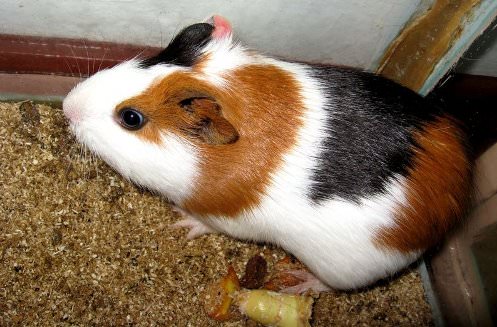
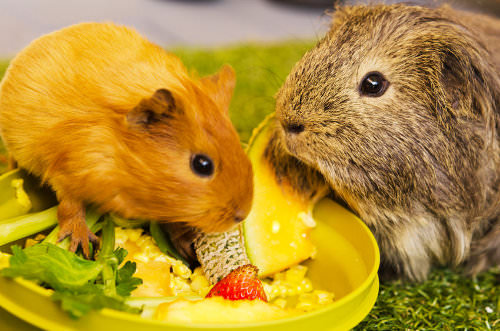
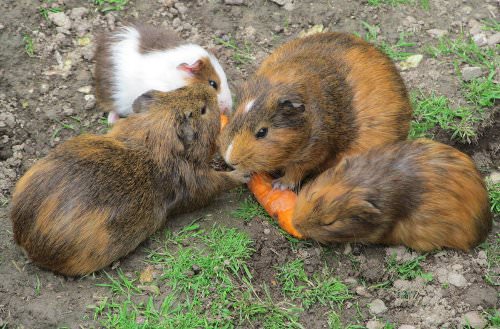
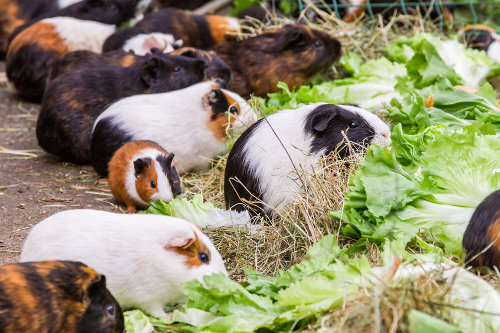
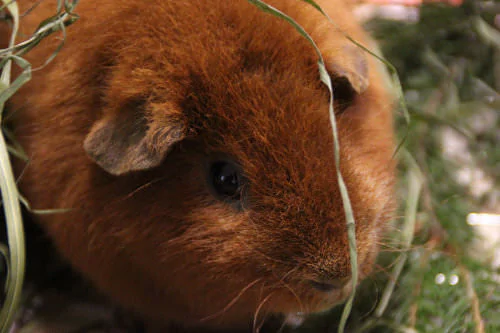
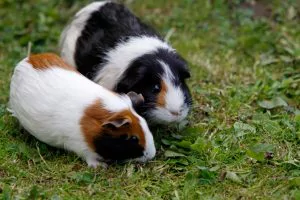
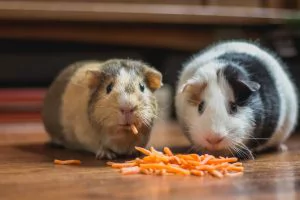

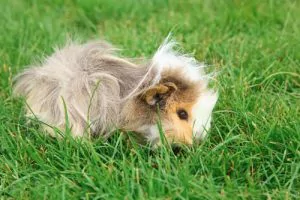
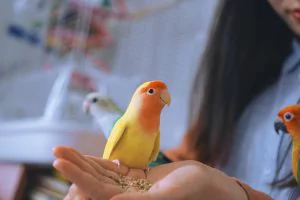
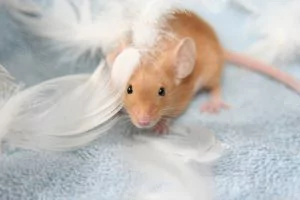
Comments